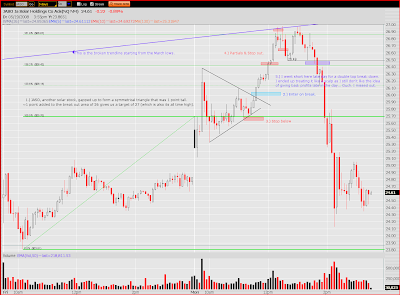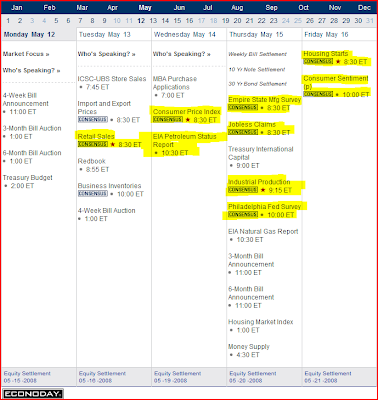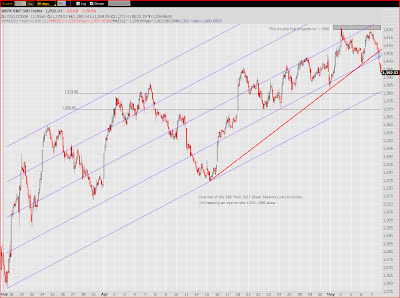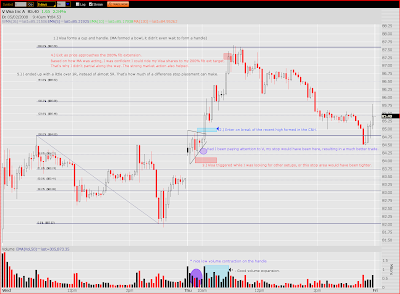Blog Spotlight: Afraid To Trade
Haven't really seen a feature like this used too often on other blogs, so I figured I'd try it here.
I recently (a few weeks ago) came across Corey Rosenbloom's blog "Afraid To Trade" and have found it to be very insightful. Corey often blogs about technicals and psychology but will touch upon other useful topics.
Here are excerpts from a few of his key posts:
The four major types I propose are the following:
1. Breakout/Breakdown
2. Retracements
3. Reversals
4. Rangebound Fades
In other words, it might be best to identify which types of trades you are most comfortable executing given your psychological and risk tolerance and sticking to those strategies unless major market action intervenes.
From Charles Dow, Robert Rhea, and Richard Schabacker (and others) - early pioneers of stock market technical analysis - four driving principles of market dynamics have endured the test of time and still guide technical trading decisions across all time frames. Each pricniple can be quantified mathematically and most (if not all) mechanical trading systems are based on at least one principle.
Principle 1: A Trend is More Likely to Continue its Direction than to Reverse
Principle 2: Trends End in Climax (Euphoria/Capitulation)
Principle 3: Momentum Precedes Price
Principle 4: Price Alternates Between Range Expansion and Range Contraction
We are told certain ‘truths’ about the market and develop certain strategies that make sense. However, there are professionals in the market which are doing the opposite of what is expected, and the opposite of what is taught in “classic technical analysis books” and fading the crowd and collective knowledge and making big money while the crowd loses it to them.
There are so many “headfakes” and false moves that are designed to draw in retail traders while professionals either establish positions or unwind them. Because “big money” needs liquidity to enter and exit positions, they attempt to create situations that draw in unsophisticated traders and play against them. Also, if every trader were successful, there would be no inefficienies the market to exploit, and this would decrease the profits of the “big money” and they certainly would not allow this willingly.
Five Volume Principles to Guide Decisions:
1. Volume can Lead Price
2. Massively Rising Prices with Massive Increases in Volume are often Unsustainable
3. Price Consolidation after a long Downtrend with Increasing Volume is Bullish
4. Price Consolidation after a long Uptrend with Increasing Volume is Bearish
5. Massive Volume on a New Significant Price Low is Bullish
Be sure to check out those key posts (he discusses them in details with the links provided above) & let me know what your thoughts are on the new feature.


















































